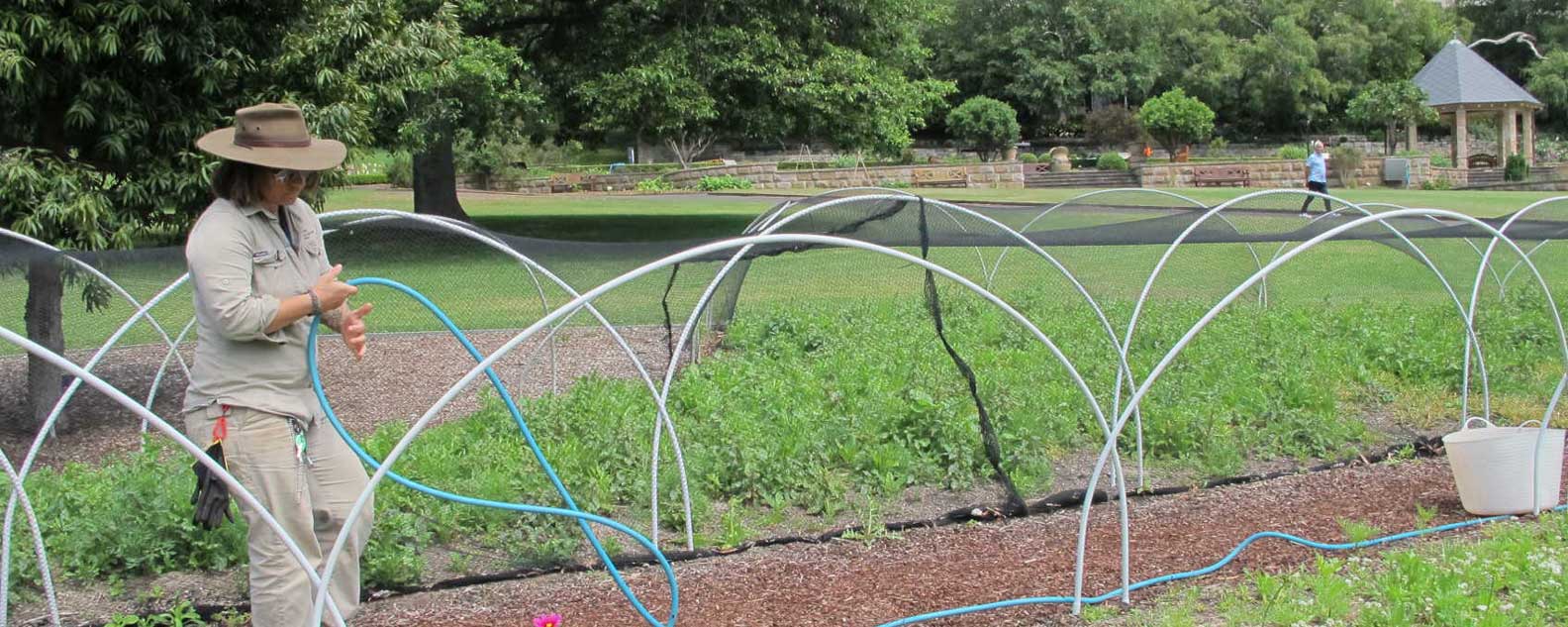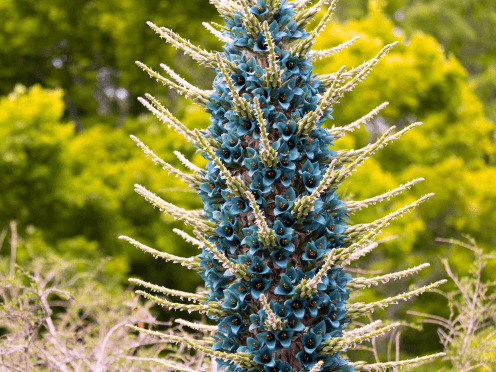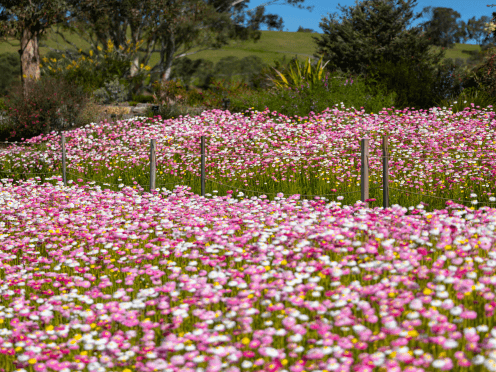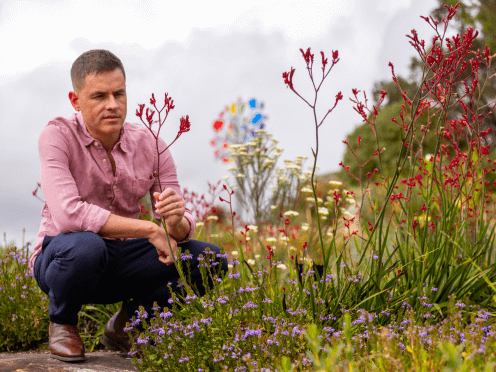The Horticulture team at the Garden is known for trialling different plants, methods and soils to create beautiful displays and the successful Wildflower Meadow display is no different. This years abundant blooms came at the expense of some previous mishaps, including a family of ducks eating all the seeds one year.
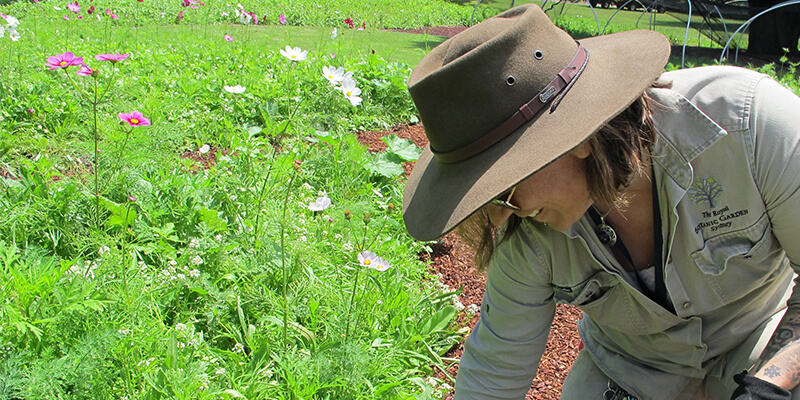
The Wildflower Meadow is more than just a patch of flowers, it’s an integral part of sustaining and increasing beneficial bugs and pollinators within the cityscape.
Visitors to the Wildflower Meadow can immerse themselves in a world of colour and texture by walking through the winding pathways that cut through the display.
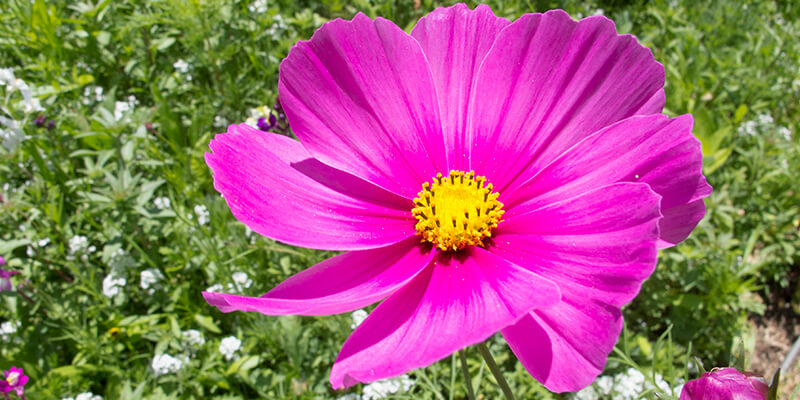
Last year’s Wild Meadow was hit by torrential rains washing the little seeds away.
“It was terrible. This year we had a lot more staff assisting in the preparation phase which enabled us to really focus on good foundations and minimal weed bank from the beginning,” Senior Horticulturalist at the Royal Botanic Garden Kayte Wilkie said.
The Meadow evolved from a blank canvas of lawn to this incredible vibrant floral display.
“The planning for next year’s display starts the year prior. Pre-ordering materials, calculating seed mixes and choosing varieties to suit special requirements like shade and heights all need the extra attention,” Wilkie said.
Once the seedlings started to germinate, they were lucky enough to be protected by netting, which gave them a chance to survive the ducks that enjoy eating the yummy new growth.
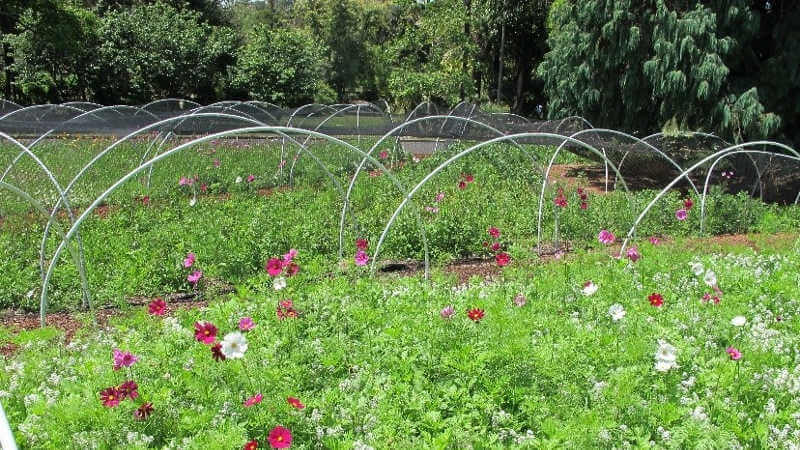
The white hopping protects the young plants from predatory birds and ducks
Each season the display is more prominent. A new bee topiary installation has been built this year for visitors to come and enjoy plus there is sandstone seating built by the Garden's landscape team. Sit back and relax to the buzz and hum of the insects and birds that visit the dislpay.
If you are a journalist and have a media enquiry about this story, please click here for contact details and more information.
